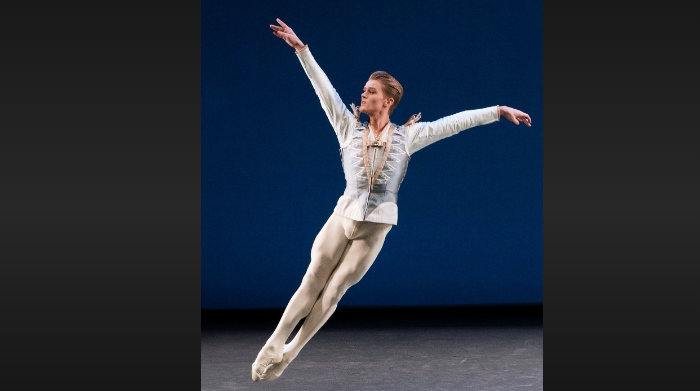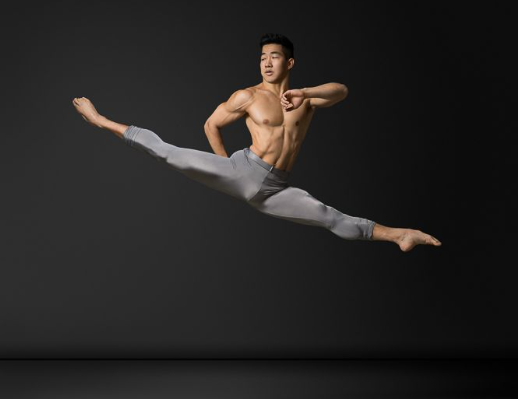What is a Male Ballerina Called? Exploring the World of Ballet
Ballet is a graceful and captivating art form that has been embraced by people all over the world. While the term "ballerina" is commonly used to refer to a female ballet dancer, many wonder what the appropriate term is for a male ballet dancer. In this article, we will delve into the world of ballet and answer the question: What is a male ballerina called?

What is a male ballerina called?
1. Understanding Ballet and its Traditions
a. Ballet: Ballet is a classical dance form that originated in the 15th century in Italy and later developed into a highly technical and expressive art. It combines precise movements, strength, and artistry to tell stories and evoke emotions.
b. Ballet Companies: Ballet companies are professional dance companies that perform ballet productions. They often have both male and female dancers who showcase their skills on stage.
2. The Terminology: Male Ballet Dancers
a. Danseur: The term "danseur" is commonly used to refer to a male ballet dancer. It is derived from the French word for "dancer" and is used specifically for male dancers in ballet.
b. Principal Dancer: In ballet, a male dancer who holds the highest rank within a company and performs leading roles is often referred to as a "principal dancer." Principal dancers are highly skilled and showcase exceptional technique and artistry.
c. Soloist: A male ballet dancer who performs solo roles but has not yet reached the rank of principal dancer is often referred to as a "soloist." Soloists display advanced skills and often perform supporting roles alongside principal dancers.
d. Corps de Ballet: Male ballet dancers who are part of the ensemble or corps de ballet, which consists of a group of dancers performing synchronized movements, are simply referred to as "ballet dancers" or "members of the corps."
3. Breaking Stereotypes and Celebrating Male Ballet Dancers
a. Traditionally Female-Dominated: Ballet has been historically associated with female dancers, but male ballet dancers play a crucial role in partnering, lifting, and showcasing their own technical skills.
b. Strength and Technique: Male ballet dancers undergo rigorous training to develop strength, agility, and technical proficiency. They perform challenging jumps, turns, and lifts, complementing the graceful movements of their female counterparts.
c. Artistry and Expression: Male ballet dancers bring their own unique artistry and expression to the stage, portraying a wide range of characters and emotions through their performances.
4. Gender Neutrality and Inclusivity in Ballet
a. Evolving Perspectives: In recent years, the ballet world has embraced more gender-neutral language and practices, emphasizing inclusivity and diversity. This encourages male ballet dancers to explore roles traditionally performed by females and vice versa.
b. Expanded Opportunities: Male ballet dancers now have the opportunity to challenge gender norms and excel in both classical and contemporary ballet, expanding the boundaries of the art form.

A "danseur"
A male ballet dancer is often referred to as a "danseur" or a "male dancer" in the ballet world. They may hold the rank of principal dancer, soloist, or be part of the corps de ballet. Male ballet dancers bring strength, technique, and artistry to their performances, challenging stereotypes and contributing to the beauty of ballet. As the ballet world continues to evolve, gender neutrality and inclusivity are being embraced, offering new opportunities for male dancers to showcase their talent and contribute to the rich tapestry of the art form.